Making the transition from manual training to virtual learning.
Need help figuring out how to start the switch from manual training to an online learning platform? Learn how to enhance your business by maximizing resources for improved outcomes and added value to your organization.
In this article, we’re going to break it down so you can understand everything to know about platforms for online learning. In the next few minutes, you’ll be excited to ditch your current manual training and transform it into an engaging online platform for learning.
Online learning has changed the way students, employees, clients, and customers learn in the last few years. With Covid shaking up the work-from-home routine, it’s no surprise that many businesses have evolved their training and taken a new approach to online learning.
We’ll start by clarifying the meanings of manual and online training, so you can have a better understanding of their benefits and drawbacks.
What is Manual Training?
Numerous terms are employed to describe manual training. It goes by multiple names like offline training, instructor-led training, and face-to-face training, among others. It often refers to the traditional methods used for training learners.
Typically, the model consists of a teacher in a physical classroom environment. During this in-person learning experience, students can raise their hands to ask questions and get immediate answers during live instruction.
Manual training can include the use of offline computer-based learning resources, like Word Documents and PDFs.Manual training can also incorporate offline, computer-based learning, such as Word Documents and PDFs that are shared as training materials.
What are the pros of manual learning?
There are plenty of pros for traditional training, which is why it’s been a common way to teach for centuries.
- Manual training combines different ways of learning, including: writing, reading, teamwork, presenting, discussions.
- You may find it easier to concentrate without distractions (like hopping up to grab food from the fridge if you’re learning at home!).
- It could make it easier to learn by connecting with others face to face and asking questions more easily.
Cons of Manual Training
With every pro comes to a con, and there’s a few reasons why 98% of US-based companies have moved to the online learning platform world.
- You have to learn at a particular time and place. Many learners prefer to learn when it’s more suitable for them. This could mean the learner not being present during training.
- Pressure to keep up with the rest of the class.
- It can be costly, especially if you have to fly employees all over the country, of globally.
What is an online training platform?
Understanding what eLearning is might sound like it’s more tricky than it is. An online training platform refers to a modernized way of teaching learners via a learning management system, also known as an LMS. The new way of teaching online via an LMS helps trainers keep all the information in one place, rather than having multiple documents on their desktops.
From a centralized platform, managers can enroll groups of learners and trainers to structure their training delivery, create learning pathways for guided training, and track data on the completion of training content. This includes analytics on how well their learners performed.
Learners can then access that platform online, allowing them to the training anytime, anywhere. Online learning can also be used to support in-person learning, commonly known as ‘Blended Learning‘ or ‘Flipped Learning’.
Pros for using an online training platform
There are many pros to using an online training platform which is why it tends to work so well for many businesses. It turns out more than 40% of the Fortune 500 companies in the world use online training and learning management systems to train their employees.
- An LMS can store training learning materials such as PDFS, videos, audio recordings, URL links, interactive eLearning courses, and more.
- No coding or web development is required – you can build a professional-looking courses without having any instructional design experience.
- It will save the company time to get on with growing the company, rather than train new employees repeatedly, for example.
- Let learners learn in their own time in a space they feel comfortable in, which offers up fantastic flexibility.
- You can track how learners are learning when teaching via an online learning platform.
- Online eLearning training is often much cheaper to organize, which doesn’t involve booking a venue, catering, transport etc.
- Online learning platforms give you more instructional materials which can be digested easily when broken down into bite-sized pieces via a quiz or a slideshow.
Cons for using an online training platform
- It might not feel like a personalized experience for the learner.
- The learner may not be able to ask questions during the online training.
- Teachers need to make sure they keep their online training courses simple by not using too many distracting graphics.
- It can feel isolating trying to learn without leaning onto your teammates or the tutor for help.
Consolidate and Optimize Resources
A learning management system allows organizations to optimize their resources, specifically their trainers. More often than not, a trainer will train several groups at once, which involves repeating the same training repeatedly.
By consolidating this repetitive training into a singular eLearning resource, the amount of in-person training required will be reduced, decreasing the training cost. The number of hours saved by moving training online can vary, but when Volt Athletics used Coassemble to move their activity online, they said:
“Coassemble reduced our training time by 41%.”
By creating online courses to train their staff, Volt Athletics is a clear example of why all companies should use an online training platform such as Coassemble.

Pro Tip: Listen to our podcast with Volt Athletics.
Better Outcomes
In modern times, we all have busy schedules. Online training has direct benefits for both learners and facilitators too.
eLearning offers flexibility—by training anytime, at any place, on any device, learners and facilitators can train and learn the way they want. Whether on their commute to work, their lunch break, or even whilst working out at the gym. This leads to an increase in productivity and effectiveness as learners can learn when it suits them.
A study from Troy University found that 57% of people believed they learned more through online learning, and almost 70% said they generally prefer online learning instead of traditional learning.
After all, happy learners equal engaged learners and engaged learners equals better training outcomes. What’s more valuable than that?

What about blended learning or hybrid learning?
If you’d like to keep a mixture of in-person training and online training, you can try the blended learning technique.
Unsure what is blended learning? It’s a combination where you can teach in person for any components of the course, which involves working together as a team for example, then go home and work on the rest of the course online.
Another option is to check out hybrid learning, where the teacher sends out the online course first so the learner can go over it before coming back with any questions or concerns they might have.

Pro Tip: Read our guide for What Is Blended Learning?
How to get started on an online learning platform
Unsure how to get started with online course platforms? While there are so many different types of LMS’s to choose from, start a 7 day free trial at Coassemble, and you’ll soon realize what you’ve been missing out on.
With over 30+ templates to choose from, drag and drop your existing content into your chosen template and try using fun features such as an online spinning wheel to make your content stand out.
Here’s the best bit… you’ll be able to track how your learners are getting on by accessing the data about what they clicked on and how far they got with the training. Having access to this data could help you improve the online training processes by tenfold, which in turn will help you grow your business. It’s a win all around!







